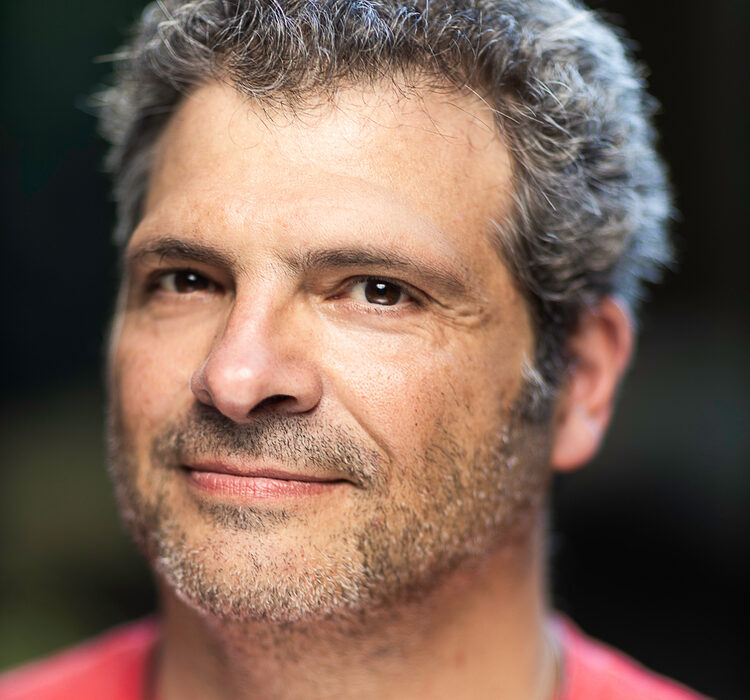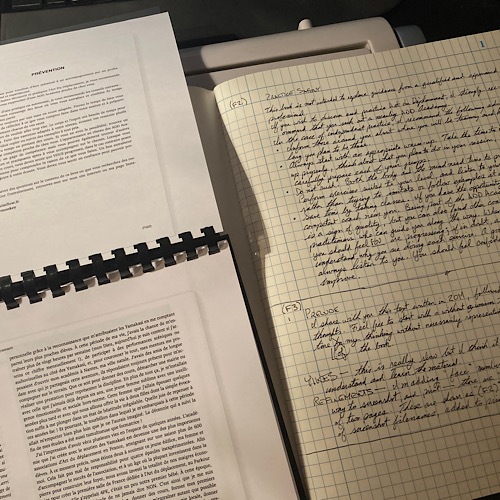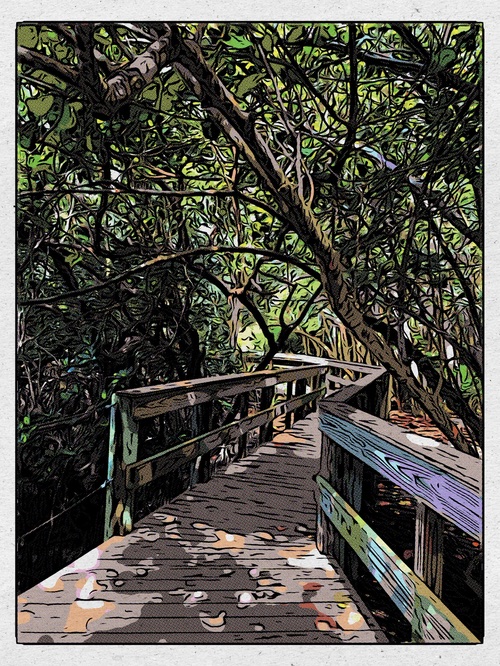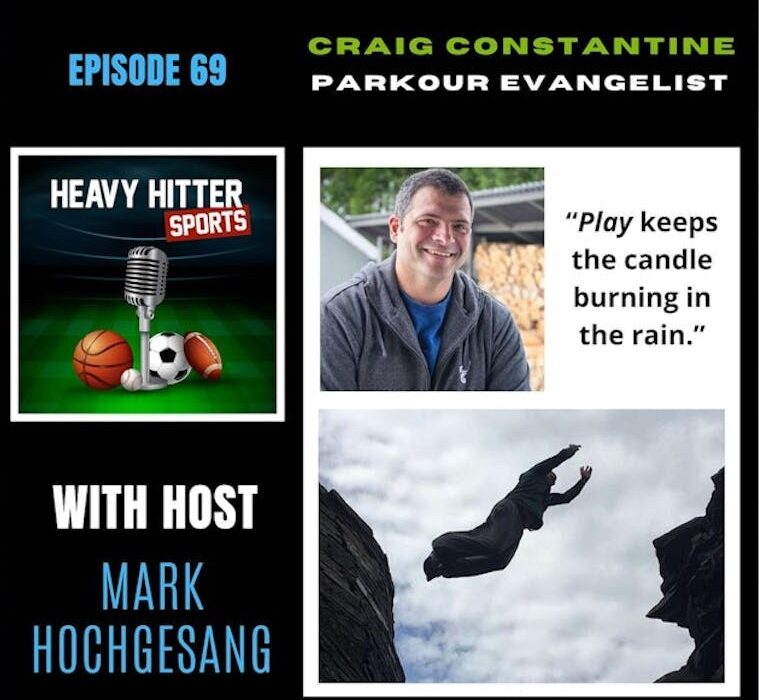What happens when you stop trying so hard and learn to find power through subtraction rather than addition?
Wing Chun training in a Hong Kong living room involves hours of standing still with no sparring, forcing practitioners to confront inner demons and abandon Western goal-seeking mentality.
I’ll tell you, Craig, this was the hardest thing at that time that I had to go through, both physically and mentally, because […] it’s just so difficult, you know, standing still there, not moving. It’s just so difficult! All these inner demons start to come up. You start thinking, and you know, there’s nowhere to hide.
~ Nima King (5:17)
Nima King describes his journey from training as a teenaged bouncer in Sydney, to becoming a student of Grandmaster Chu in Hong Kong, where his expectations of intense sparring and rooftop battles were replaced by hours of standing practice in a small living room. The training focused on empty hand forms rather than fighting techniques, creating a physically and mentally challenging experience where inner demons surfaced and there was nowhere to hide. Grandmaster Chu provided hands-on guidance through tactile cues, manipulating posture and stance to help students release tension points gradually rather than through sudden breakthrough moments. The practice required abandoning the Western mindset of conceptualization and goal-seeking in favor of embodied experience, with Nima’s teacher eventually banning him from asking questions to force this transition.
The conversation explores how martial arts principles apply to modern life, including parenting and professional goals. Nima discusses the challenge of not trying too hard despite his natural inclination toward the mentality of pushing through pain and injury. The practice teaches that letting go of control represents a powerful act rather than laziness or apathy, and that vulnerability challenges conventional masculine ideals of strength through aggression. Grandmaster Chu exemplified this power through humility, always bowing lower and greeting students with warmth rather than displays of dominance. The art becomes about subtraction rather than accumulation, finding ways to achieve goals with less effort by allowing things to happen rather than forcing them.
Takeaways
Art of subtraction — The practice centers on removing tension and thinking rather than accumulating more techniques and knowledge.
Embodied learning versus intellectual understanding — True martial arts mastery requires moving beyond conceptualization and goal-seeking to direct physical experience.
Standing practice — Hours of stationary training in Wing Chun forms create confrontation with inner demons and reveal hidden tension points.
Power through vulnerability — Real strength comes from humility and openness rather than aggression and displays of dominance.
Letting go of control — Releasing the illusion of control represents a powerful and necessary practice in both martial arts and daily life.
Western versus Eastern training approaches — The goal-oriented Western mindset conflicts with traditional Chinese martial arts teaching methods that resist curriculum and structure.
Tactile teaching methods — Hands-on guidance through physical manipulation of posture and stance provides direct transmission of knowledge beyond verbal instruction.
Marathon not sprint mentality — Sustainable practice requires wisdom about energy management and avoiding burnout despite natural inclinations to go all in.
Teacher-student dynamics — A master may ban questions entirely to force students beyond intellectual grasping toward direct experience.
Applying practice to parenting — Martial arts lessons about letting go transfer to raising children, finding balance between freedom and structure.
Humble mastery — Grandmaster Chu demonstrated true power through kindness, bowing lower than students, and warmth rather than displays of superiority.
Not trying too hard — Finding ways to achieve goals with less effort by allowing rather than forcing outcomes.
Resources
Mindful Wing Chun — Nima King’s online training platform offering comprehensive instruction in the Wing Chun system as taught by Grandmaster Chu Shong Tin, featuring hundreds of hours of instructional videos focused on internal power development and mindful practice.
Grandmaster Chu Shong Tin — Nima’s Wing Chun teacher in Hong Kong, trained in traditional methods and taught in his living room.
Grandmaster Jim Fung — Grandmaster Chu’s student, who taught Wing Chun to thousands of students across Australia, under whom Nima began training at age 14.
(written with help from Claude.ai)
ɕ



